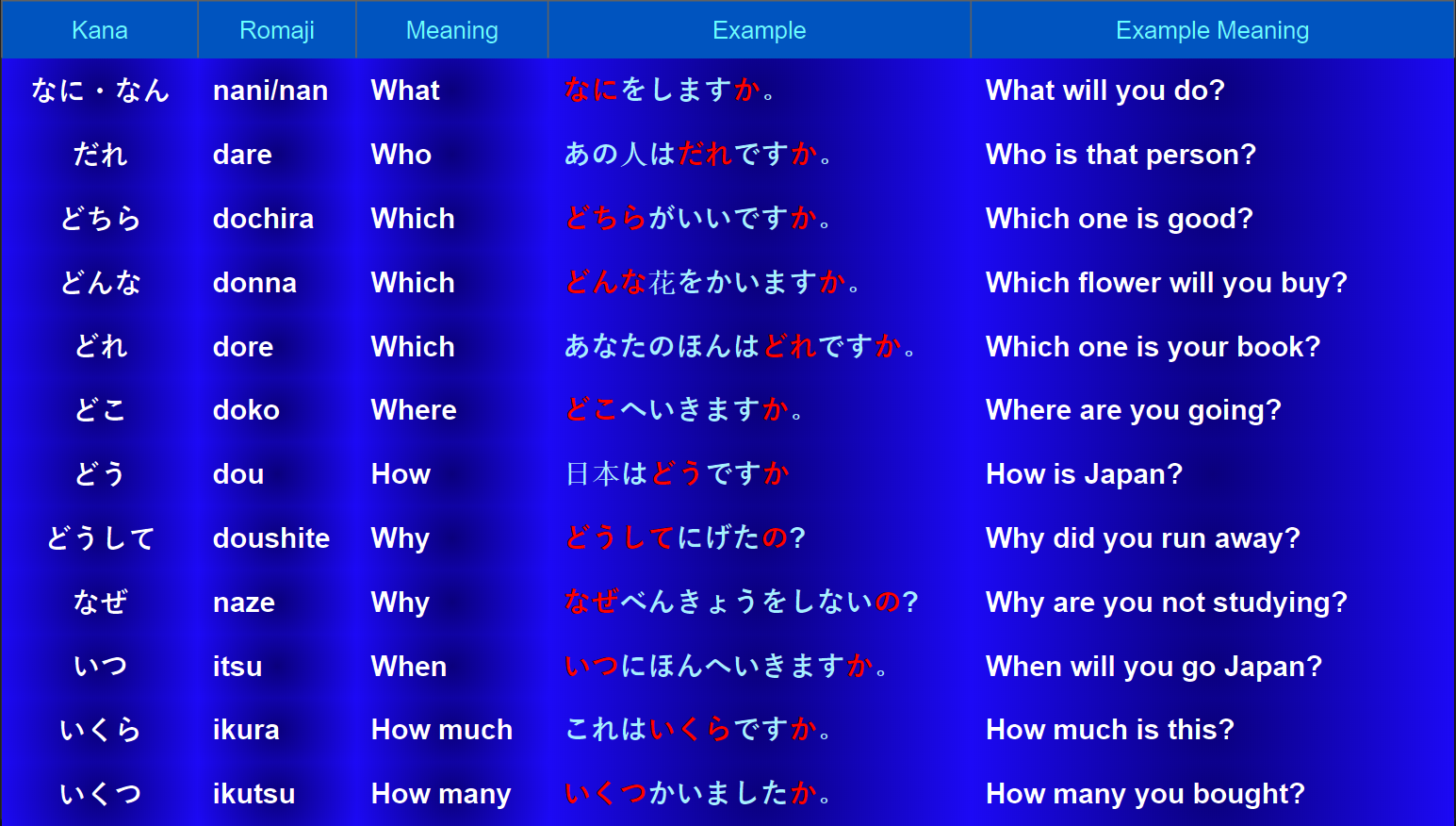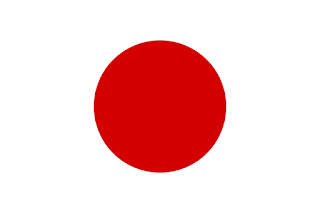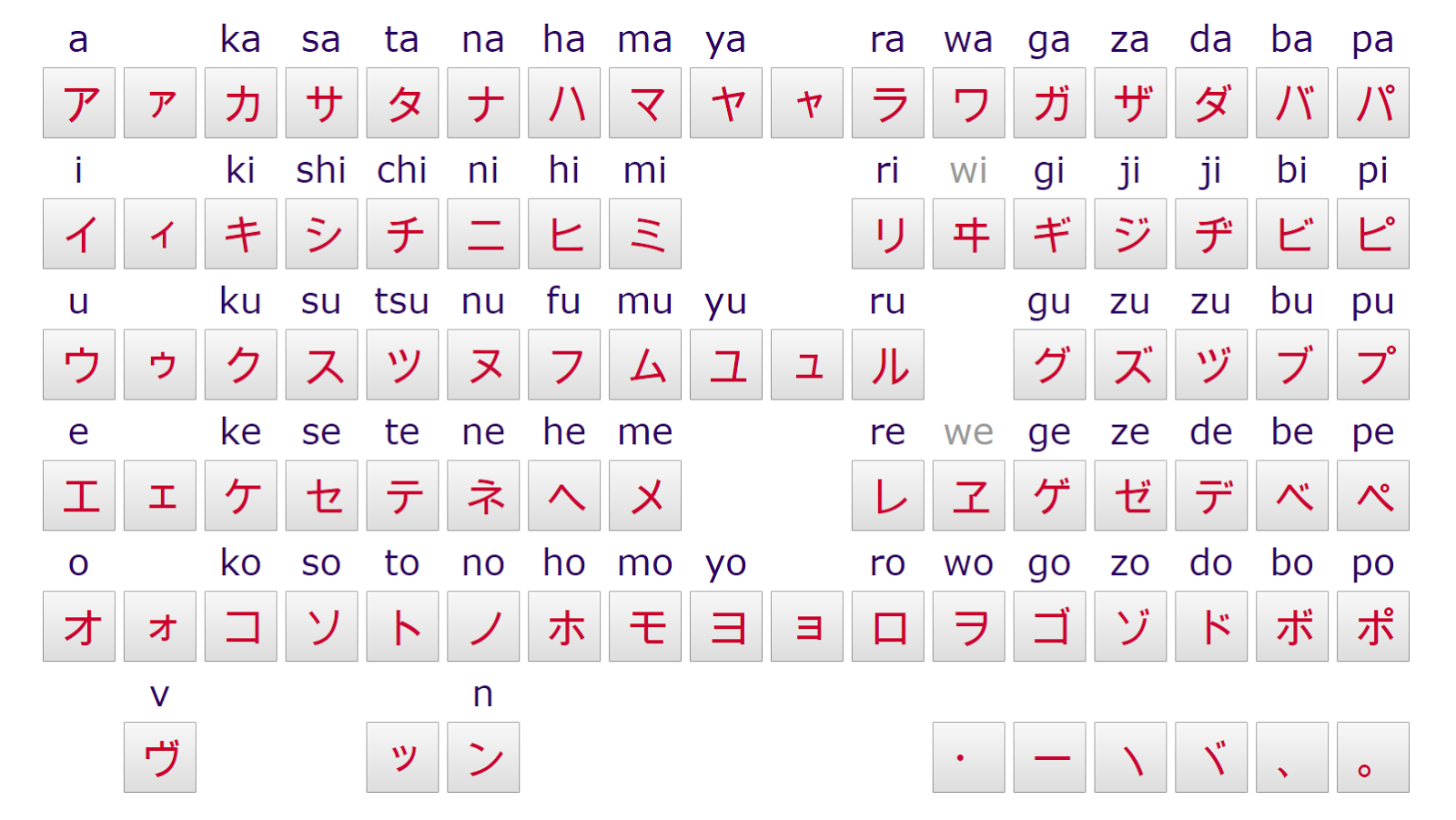JLPT N5 - Lesson 4 - Hiragana Part 2 - Dakuon and Handakuon

Dakuon ( '' ) or dakuten are two small strokes placed on top-left corner of certain hiragana/katakana that changed the sound of those basic kana. It is the voiced sound of か [ka],さ [sa], た [ta] and は [ha]-row syllables.
- The 'K' sound will be 'G' sound with dakuten, for example, か (Ka) will become が (Ga).
- The 'S' sound will be 'Z' sound with dakuten, for example, さ (Sa) will become ざ (Za).
- The 'T' sound will be 'D' sound with dakuten, for example, た (Ta) will become だ (Da).
- The 'H' sound will be 'B' sound with dakuten, for example, は (Ha) will become ば (Ba).
Handakuon (。) or handakuten is a small circle placed over は [ha]- row syllables and modify the consonant pronunciation from H sounds to P sounds. All the Dakuon and Handakuon characters are listed in the above picture.
Now let us make some words with the Hiragana characters that we have learnt already
- だけ [dake] - Only
- ごご [gogo] - Afternoon
- どこ [doko] - Where
- がくせい [gakusei] - Student
- ぶ [bu] - Department/Section
- かぜ [kaze] - Wind
Youon - when a や [ya] ゆ [yu] よ [yo] sound follows certain characters in Japanese, the sound is shortened and so instead of two separate characters, the sound is written as the combination of the first character and a small subscripted version of the ゃ[ya] ゅ [yu] ょ[yo] character's sound. Here is the Youon character chart:

Ya, Yu and Yo sounds
Now let us make few words with Youon sounds:
- ときょ [tokyo] - Tokyo
- きょう [kyou] - Today
- りょかん [ryokan] - Hotel, Inn
- おちゃ [ocha] - Japanese Tea
Double consonant sounds: Words like gakkou, jasshi, kippu, kitte has double consonant - kk, ss, pp, tt. To write these kinds of words, a small っ is used for the double consonant sound.
- がっこう [gakkou] - School
- ざっし [zasshi] - Magazine
- きっぷ [kippu] - Ticket
- きって [kitte] - Stamp
# は is pronounced as 'wa' when it is used as a particle (later in Grammar section will discuss about particle in detail).
# へ is pronounced as 'e' when it is used as a particle.
# を is used as particle 'o', not 'お'
Notes on Romanization : By using Roman letters (which is also English letters) writing the Japanese words following the sounds of the Japanese characters is called romanization. In Japanese this letters are called 'Romaji'. Mostly the starting of Japanese language learning starts with the help of Romaji. For example: りょかん [ryokan] - Hotel, here [ryokan] is Romaji. So whoever knows the letters a,b,c can pronounce the Japanese word if the romanised version is accompanied with it. For romanisation of long vowel sounds or double vowel sounds - aa, ii, ee, uu and oo, sometimes become a bit confusing. Here long vowel 'a i u' I will write as usual by double letters such as 'aa ii uu' but long 'e' and 'u' I will use 'ei' and 'ou'.
In next lesson we will make some more words after learning the last part of Hiragana character









Comments
Post a Comment